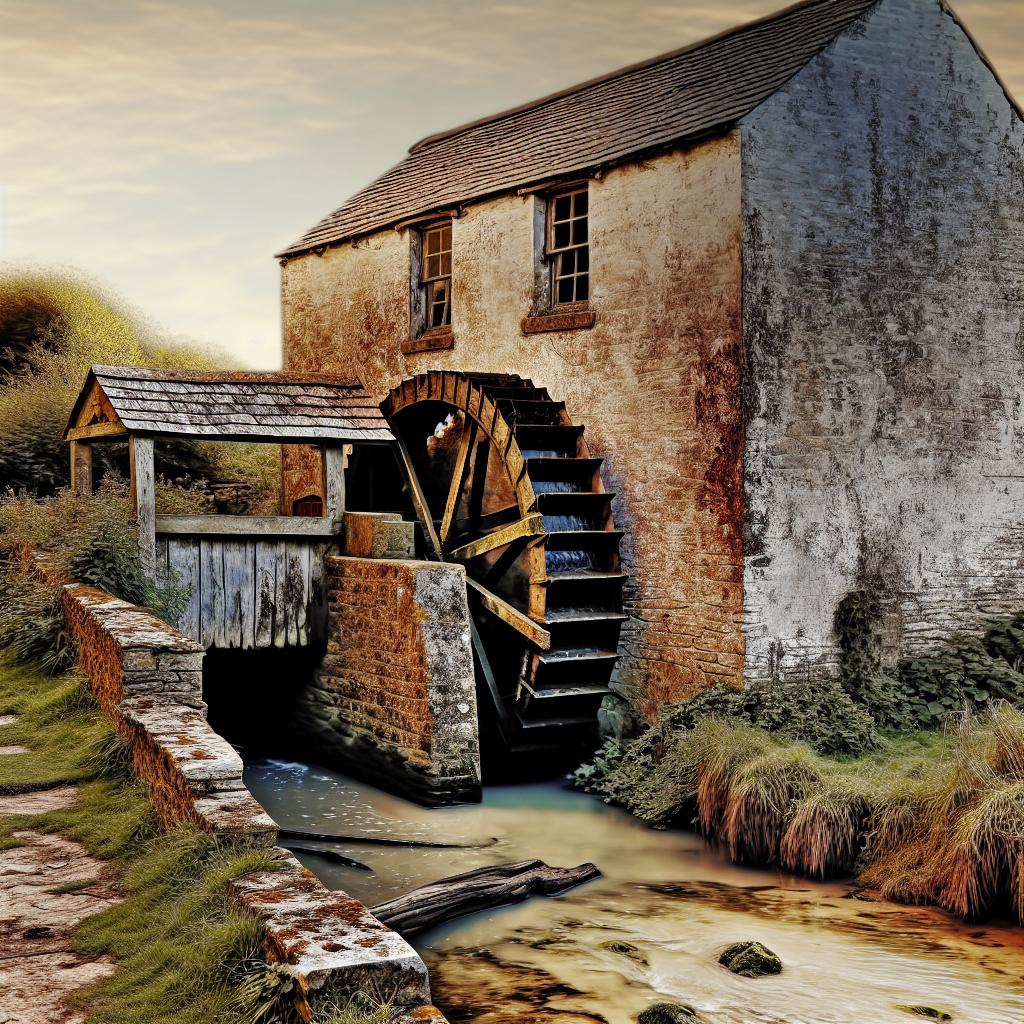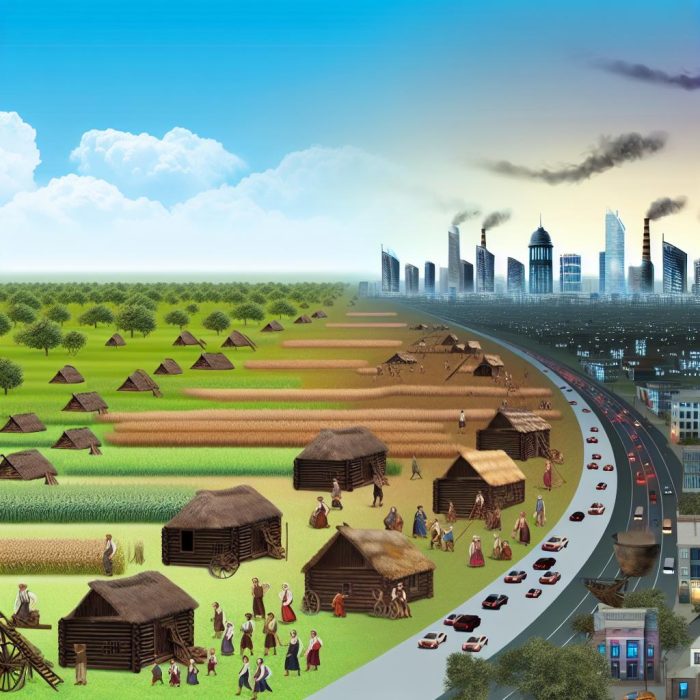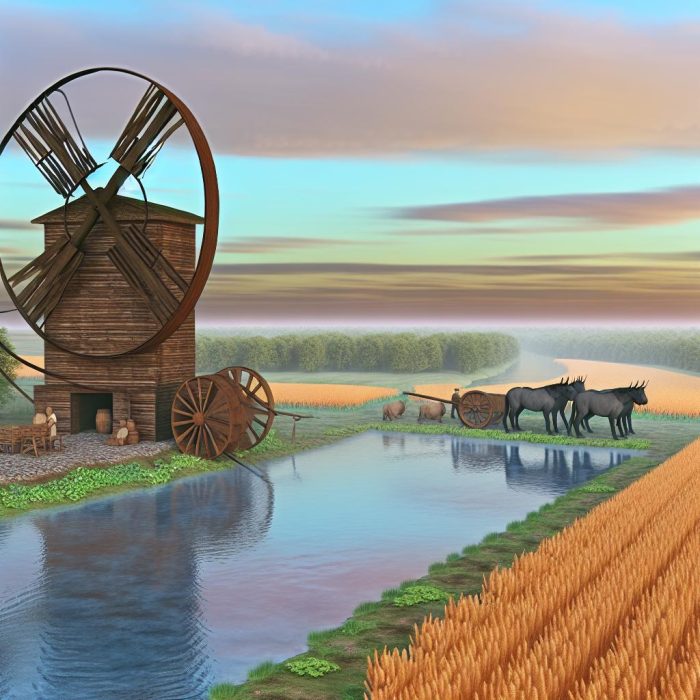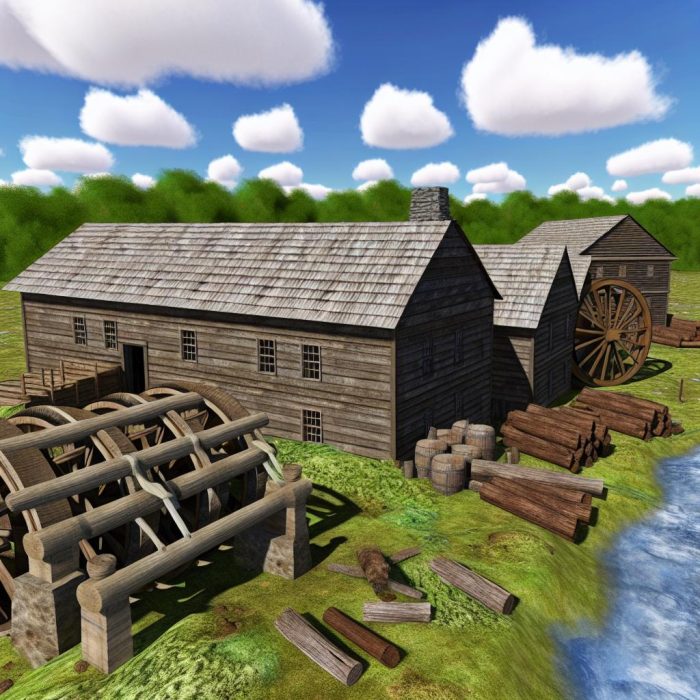Overview of Traditional Mills
Traditional mills have served as fundamental elements of industrial progress, providing essential services across various sectors such as textiles, paper manufacturing, and grain processing. These mills typically rely on mechanized systems that harness natural forces, such as water or wind, or use fuel-powered engines to maintain their operations. While once thriving, the prevalence of traditional mills has noticeably decreased over the past few decades, facing obsolescence amid modern advancements.
Factors Contributing to the Decline
The decline in the number of traditional mills can be attributed to multiple underlying factors that have significantly reshaped the industrial landscape:
Technological Advancements: The advent of modern industrial methods and equipment has fundamentally transformed production processes. Automation, powered by computers and advanced machinery, has escalated efficiency and production capacity to levels that traditional mills cannot realistically achieve. These technological innovations have led to the widespread adoption of modern production facilities, rendering traditional mills less viable.
Economic Pressures: Traditional mills are often associated with high maintenance costs, compounded by considerable labor expenses. In an era defined by intense global competition, many businesses find the continued operation of these mills economically unsustainable. Manufacturing enterprises, seeking cost efficiency, opt for contemporary industrial solutions that provide a competitive edge.
Environmental Regulations: The rising environmental consciousness and the subsequent tightening of regulatory frameworks have posed challenges to industries, particularly those such as textiles known for pollution concerns. Compliance with stringent regulations is frequently arduous for outdated mills, accelerating their decline as industries pivot towards sustainable practices.
Impact on Local Communities and Economies
The decline and closure of traditional mills have profound effects on local communities, where these establishments often serve as economic linchpins, offering employment and supporting related businesses. The disappearance of mills prompts economic fluctuations, necessitating communities to adapt and evolve:
Economic Transition: Communities facing the reduction of traditional mill operations often undergo a transition away from manufacturing-centric economies towards sectors like technology or services. This shift requires strategic planning to ensure the development of new job opportunities and sustain economic vitality.
Heritage and Cultural Loss: Traditional mills are often steeped in historical and cultural significance. Their decline can result in the erosion of cultural heritage, diminishing a tangible connection to a community’s industrial past.
Case Studies
Studying specific examples, such as certain textile or grain mills, helps illuminate the broader trend of decline. These case studies reveal the complex interplay between market forces, policy decisions, and community reactions, offering valuable insights into the implications of these changes:
Research organizations frequently publish detailed reports that delve into the dynamics experienced by individual mills. By examining such specific cases, stakeholders can gain a comprehensive understanding of the broader phenomenon and the necessity for strategic planning to accommodate these shifts.
Future Prospects and Adaptation
While the decline of traditional mills presents substantial challenges, it simultaneously opens avenues for innovation and modernization. Some mills have found renewed purpose through creative adaptations:
Conversion to Mixed-use Spaces: Repurposing traditional mills into residential or commercial spaces maintains the historical essence of these structures while fulfilling contemporary demands. Such transformations demonstrate how history can be preserved while meeting modern requirements.
Green Adaptations: Sustainable practices, such as eco-friendly facility conversions, are increasingly prevalent as businesses and communities strive to align with environmentally responsible standards. Some mills have successfully integrated renewable energy sources, thus revitalizing their operations for a sustainable future.
For further analysis on modernization and adaptation of traditional mills, resources are available through industrial research organizations and economic development agencies. These organizations provide invaluable reports and case studies that illustrate successful transitions and strategic adaptations.
By understanding these complex dynamics and adopting modern technologies and strategies, both communities and businesses can alleviate the impacts of mill closures. In doing so, they pave the way for sustainable growth and industrial evolution, ensuring that while traditions may transform, they do not entirely disappear. Such adaptability allows for the preservation of heritage alongside progressive economic development.



